Planting Site Basics
Planting Site: Elephant Hill, British Columbia
Country: Canada
Site Status: Archived
Forest Type: Temperate Dry
Planting Partner: One Tree Planted
Where Are We Planting?
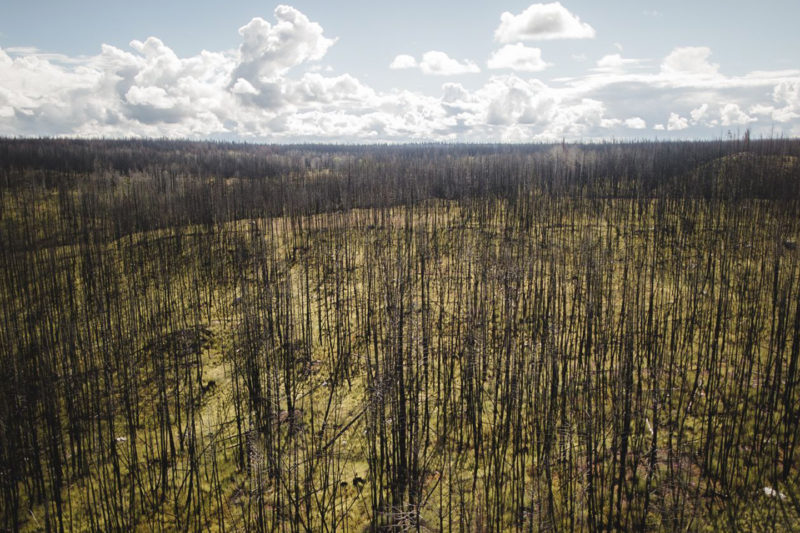
Found in our own backyard, Elephant Hill lies 90 km West of Kamloops, in British Columbia. With a dry arid climate, the grasslands here are bordered by an open canopy forest. Over time, naturally occurring fires caused by lightning strikes have shaped the ecology of this zone. As a result, the trees that thrive here have developed unique adaptations to cope with these reoccurring fires.
What Trees Are We Planting?
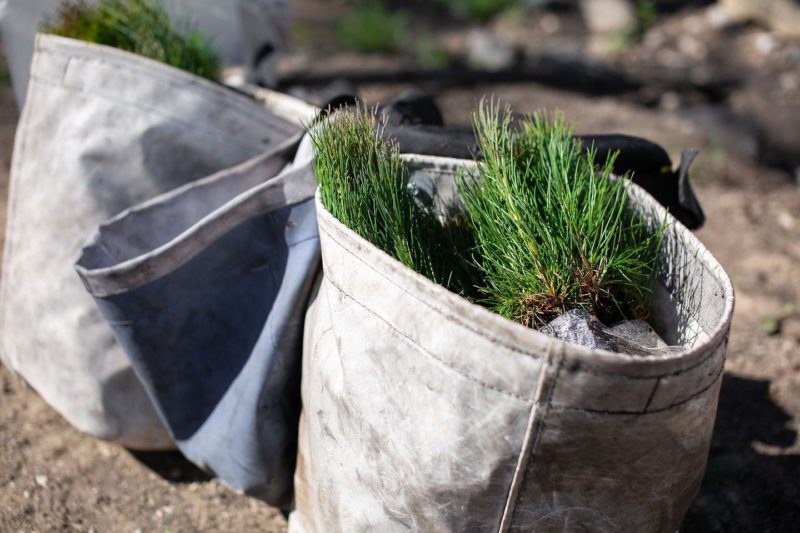
At this site, we intentionally planted douglas fir (Pseudotsuga mensiezii), western larch (Larix occidentalis), and ponderosa pine (Pinus ponderosae) because of their unique ability to adapt to wildfires. These trees grow a thick bark that protects them from the flames of low-intensity fires and self-prune, which is when a tree will drop its lower branches. Dropping these lower branches prevents fires from spreading from the ground to the tree’s crown (the top of the tree where the needles are). In regions like Elephant Hill that wildfires have marked, these trees flourish as pioneer species because they require little shade and thrive in full sunshine.
Why Plant Dry Temperate Forests In Elephant Hill?
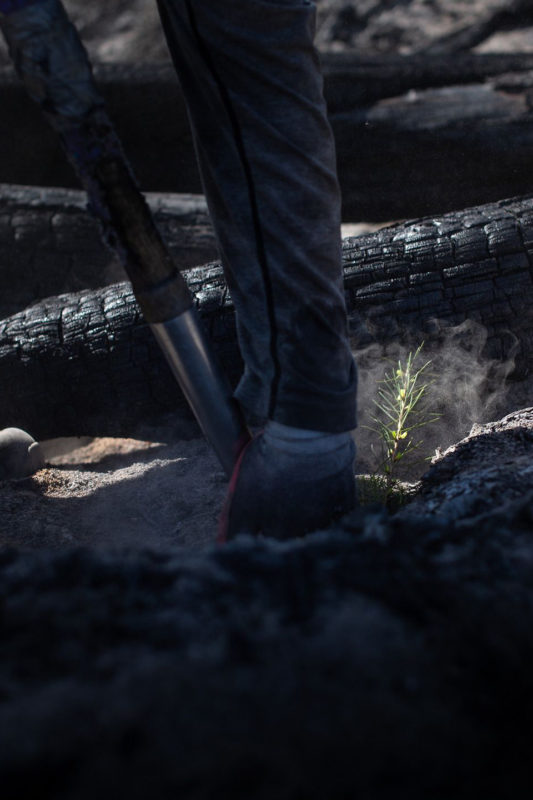
During the summer of 2017, Elephant Hill was devastated by a forest fire that blazed through over 192,000 hectares of land. For perspective, one hectare is roughly the size of 1 rugby field. This fire burned so hot that when planes dropped water to extinguish the flames, it evaporated before even reaching the trees. The site chosen to focus reforestation efforts had the largest area of continuous high-intensity burn; much of it burned down to mineral soil. To reforest this area, it will take roughly 13 million trees and years of hard work.
The forests of Elephant Hill are no stranger to fires but ones at a much smaller scale. The trees here have grown to withstand low-intensity fires that burn less than 50 hectares every 10 to 20 years. While these periodic fires often consume many young trees and understory plants, older trees survive thanks to their thick bark. Following these fires, younger trees inevitably begin to grow back, creating a diverse forest with trees of varying ages.
Historically, high-intensity fires like the one in 2017 only occurred every 150 to 250 years. These are known as stand-destroying fires — they burn along the ground and up through the forest canopy killing most, if not all, of the trees. Following these intense fires, lodgepole pines are usually the first trees to grow back and take over the area. While trees growing back may seem optimistic, these forests are delicate and highly susceptible to disturbances because of how uniform they are. With no variation in the types of trees or ages, an insect infestation from something like the mountain pine beetle could wipe out the entire regenerating forest.
As climate change brings higher temperatures and our human presence increases in these wild spaces, wildfires have become more common and severe. The changes we’re bringing about are happening too quickly for trees to adapt to. As a result, the forests that are destroyed now may never naturally regenerate on their own.

By intervening, our planting efforts will help accelerate the reforestation of Elephant Hill, which would take 40-50 years to reforest naturally. Our reforestation efforts will create a more diverse and resilient forest that can better adapt to climatic changes in the future and thrive in the years to come.
Who’s Planting With Us?
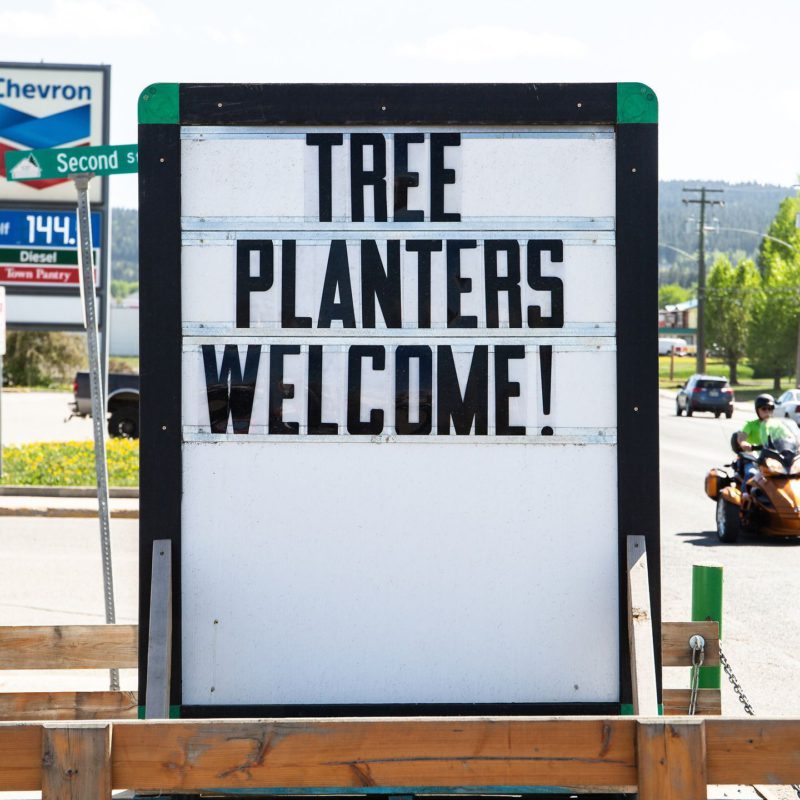
For this project, we planted in collaboration with One Tree Planted, and Stanley Park Brewing Company. We planted over 200,000 trees during the 2019 planting season. One Tree Planted, and the Forest Carbon Initiative worked hard to reintroduce native tree and plant species into the burned landscape in the most severely affected areas.
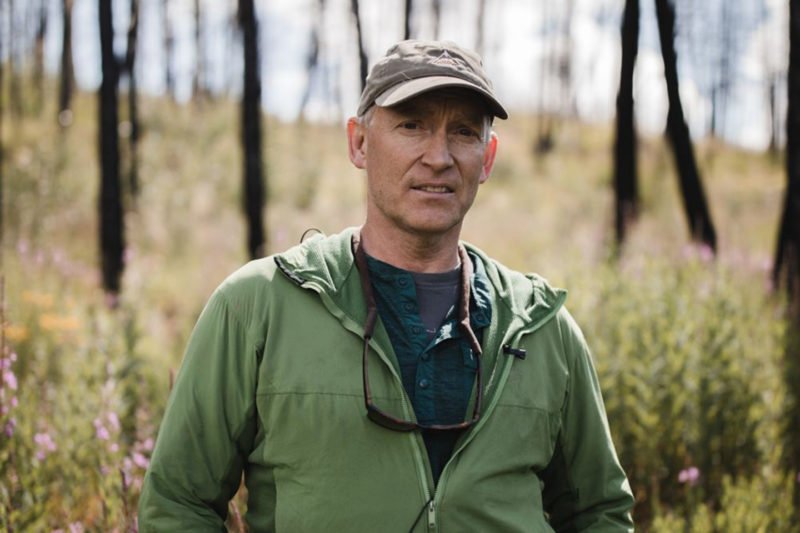
Meet Bill Layton: Regional Tree Planting Manager and Local to the Elephant Hills Area
Bill has seen firsthand the devastation caused by the increasing number of wildfires and how the environment has struggled to recover. He knows, better than anybody, the cost of inaction — the planet’s future, our future, is at stake.
“I grew up on the coast, and there were never any fires anywhere, ever. Never even a dead tree anywhere. Our forests are really threatened by the warming climate everywhere. The coast, I might have thought, would have been more resilient; I’m not so sure it’s going to be more resilient anymore. These areas are super susceptible. A couple summers of drought, and those roots are going to fry, and they won’t recover.
Everyone is banking that this is going to be our grandchildren’s problem. It’s not. It’s my problem. It’s definitely your problem. You’ve got another 60 years to live on this Earth, and that’s a long time to see what kind of changes are going to happen here.”
What’s the impact?
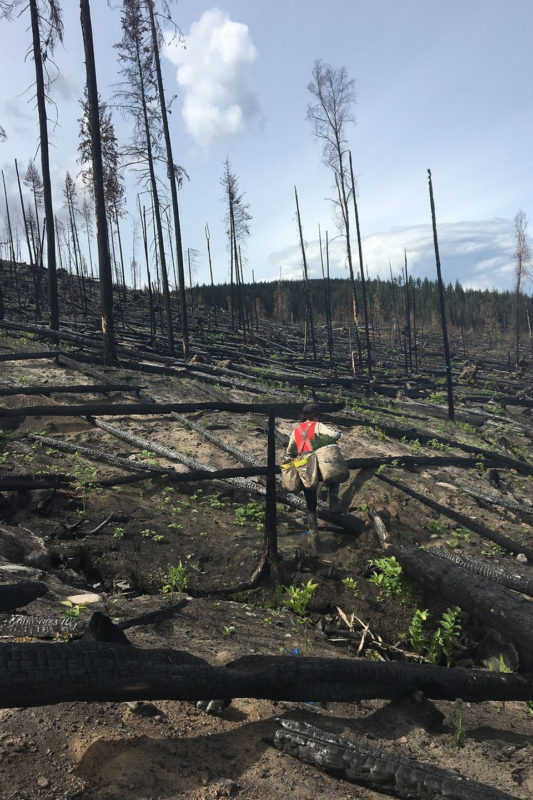
Environmental:
- Provide stability to the land and protect against erosion and encourage soil regeneration
- Protect biodiversity and habitat by regenerating forests quicker
- Increase forest resilience and adaptation to climate change through diverse regeneration
- Protect existing forests and combat deforestation
- Sequester carbon to help combat climate change
Social:
- Protect and regenerate parkland for the community
Related UN Sustainable Development Goals (SDGs)
The UN’s Sustainable Development Goals (SDGs) are a collection of 17 interlinked global goals that are a “blueprint to achieve a better and more sustainable future for all.”
Here are the SDGs that we’re addressing at our Elephant Hills site:
#11 Sustainable Cities and Communities: Make cities and human settlements inclusive, safe, resilient, and sustainable.
# 13 Climate Action: Take urgent action to combat climate change and its impacts by regulating emissions and promoting developments in renewable energy.
#15 Life on Land: Protect, restore and promote sustainable use of terrestrial ecosystems, sustainably manage forests, combat desertification, and halt and reverse land degradation and halt biodiversity loss.
Want to see where your trees are planted? Register your trees now.

